
Nghi Loc dry port (Nghi Loc district) with a planned area of 10 - 15 hectares in the period up to 2030, has a throughput capacity of 100,000 - 150,000 TEU/year and in the period up to 2050, is expected to be expanded to 40 hectares, connecting with the road system such as National Highway 1A and Cua Lo and Vung Ang seaports.
Thanh Thuy dry port (Thanh Chuong district) has a planned area, oriented to 2050 with an area of about 20 hectares; this is a dry port oriented to connect with the Hanoi - Vientiane expressway with a route through Thanh Thuy border gate that will be formed in the future, as well as connecting with Cua Lo and Vung Ang seaports.
The two dry ports in Nghe An, together with Cau Treo dry port, Huong Son district ( Ha Tinh ) and Vung Ang dry port, Ky Anh town (Ha Tinh) form the dry port system of the National Highway 8 Transport Corridor, which is planned to cover Nghe An and Ha Tinh provinces with a total planned area of 20 - 25 hectares by 2030. The throughput capacity of the dry ports on this corridor by 2030 is about 200,000 - 250,000 TEU/year.
Dry ports are a part of the transport infrastructure, a transportation hub associated with the activities of seaports, airports, inland waterway ports, railway stations, and road border gates.
The Prime Minister requested: the development of dry ports must be consistent with the planning for the development of the seaport system and the planning for the development of the transport network, while meeting the needs of socio -economic development and ensuring national security and defense of regions and localities.
Developing a dry port system to optimize the transport of import and export goods of each region and economic corridors; combining the development of dry ports near seaports for direct support, and the development of dry ports far from seaports associated with goods distribution and consumption centers, road and railway border gates to organize a good transportation network, promote multimodal transportation, and reduce transportation and logistics service costs.
The planning is built on the viewpoint of prioritizing the formation and development of dry ports associated with large-volume transport modes (inland waterways, railways); dry ports associated with economic zones, industrial parks, export processing zones, logistics centers and international road and railway border gates with large-volume transport needs.
According to the plan, by 2030, our country aims to develop a dry port system capable of handling about 25% to 35% of the demand for import and export containerized goods along transport corridors. Forming dry ports and dry port clusters with a total capacity of about 11.9 million TEU/year to 17.1 million TEU/year.
In particular, the Northern region includes dry ports and dry port clusters with a capacity of about 4.29 million TEU/year to 6.2 million TEU/year; the Central - Central Highlands region has dry ports and dry port clusters with a capacity of about 0.9 million TEU/year to 1.4 million TEU/year; the Southern region has dry ports and dry port clusters with a capacity of about 6.8 million TEU/year to 9.5 million TEU/year.
By 2050, the dry port system will be developed into a hub for organizing transportation, transit, and distribution of goods, combined with providing logistics services, capable of handling about 30% - 35% of the demand for import and export containerized goods along transport corridors, while meeting the demand for logistics services in localities.
Pursuant to Decision No. 979/QD-TTg dated August 22, 2023 of the Prime Minister on approving the planning for the development of the dry port system for the period 2021 - 2030, with a vision to 2050, on August 24, the People's Committee of Nghe An province issued a document conveying the opinion of the Standing Vice Chairman of the Provincial People's Committee Le Hong Vinh requesting the Department of Transport to organize the implementation of State management of dry ports in accordance with the scope of tasks and powers.
At the same time, assign the departments and branches: Construction, Natural Resources and Environment, Planning and Investment, Transport, Southeast Economic Zone Management Board and related localities to review, develop and adjust plans and projects in the area to ensure consistency and synchronization with the plan.
Assign the Department of Planning and Investment to update the provincial planning content to ensure compliance with local transport development orientations according to the dry port system development plan for the 2021-2030 period, with a vision to 2050.
Source




![[Photo] Prime Minister Pham Minh Chinh attends the event "Digital transformation of the banking industry by 2025"](https://vphoto.vietnam.vn/thumb/1200x675/vietnam/resource/IMAGE/2025/5/29/0e34cc7261d74e26b7f87cadff763eae)
![[Photo] Prime Minister Pham Minh Chinh receives leaders of Excelerate Energy Group](https://vphoto.vietnam.vn/thumb/1200x675/vietnam/resource/IMAGE/2025/5/29/c1fbe073230443d0a5aae0bc264d07fe)











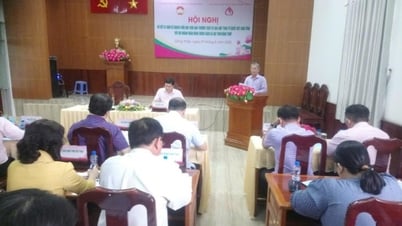



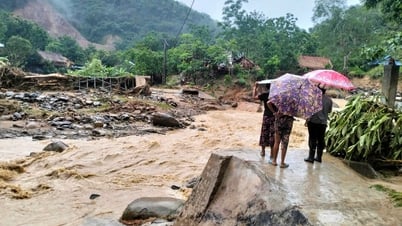

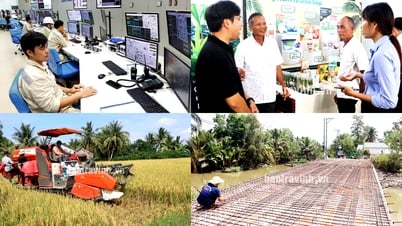






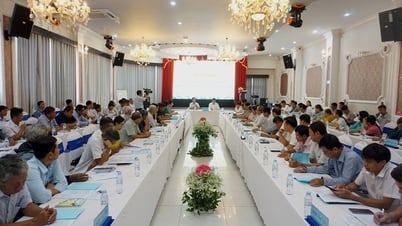
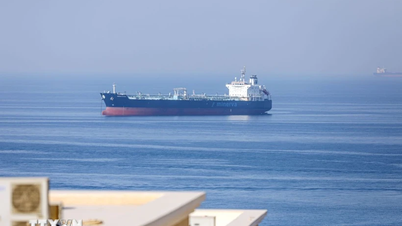













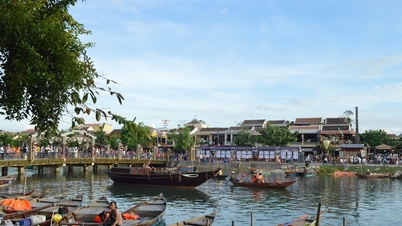






































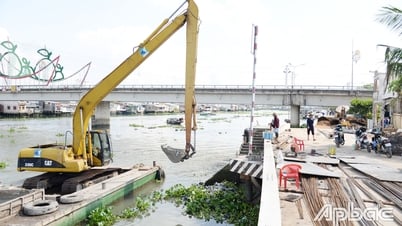















Comment (0)